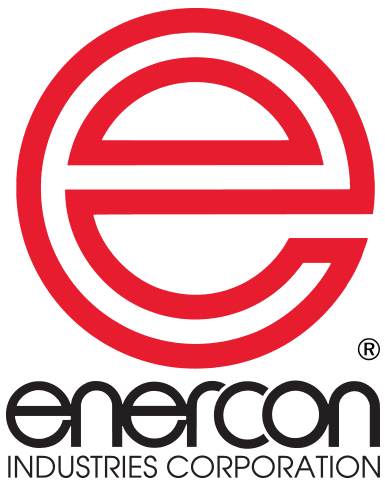Coating Adhesion for Films with Corona, Flame & Plasma
Successfully applying a high quality, continuous web coating requires advanced and versatile technologies which can effectively meet the varied needs for films. Surface treatment plays an important role in this process. The properties of the substrate are therefore absolutely critical to ensure good coating quality and product performance. The substrate needs to be uniformly wetted and free of contamination to give a uniform wet coating. Also, the coating solution must adhere strongly to the substrate. A poorly prepared substrate will cause yield loss and cannot be corrected by process technologies in the web coating line. Here are some key substrate properties required for coating success:
- Uniform thickness in machine direction (MD) and transverse direction (TD), which is particularly important in a doctoring process in which the distance from blade to substrate determines final coating weight;
- Planarity of the substrate — it should be planar and not curl, otherwise it may become damaged in the coating applicator or in the dryer;
- Quality of uncoated substrate roll — it should have straight sides and without telescoping;
- Surface contamination level on the substrate;
- Surface wettability and adhesion;
- Surface roughness.
Among these properties, it is the last three which are most problematic for achieving coating adhesion. Surface treatment technologies such as corona treaters, flame treatment and atmospheric plasma treating can provide prescribable levels of surface contamination removal, surface wettability and chemical functionalization to promote coating solution bonding.
Coating solution properties need to be measured to ensure there will be excellent coating quality and no coating defects. Among these properties, surface tension of the solution is critical. High surface tension coatings have more difficulty wetting substrate surfaces than low surface tension liquids. Waterborne coatings have higher surface tensions than most solvent systems. Surfactants and co-solvents are typically used for lowering surface tensions of coatings. Changing the solvent in the coating will also improve surface wetting. But regardless of the method employed, estimation (by goniometry) of the surface energy of a coating is highly recommended to determine the surface treatment level required on the base substrate.
Coatings are also applied by impregnation, otherwise known as “saturation coating”. It is typically used to coat porous substrates with pores that penetrate the entire substrate, but there are also coating impregnation techniques for films, such as UV-based coatings for PET, which are provided. With either technique, the substrate is immersed in a dip tank and coverage is determined by applied pressure, substrate permeability, coating viscosity and dwell time. Uniform coverage and adhesion, however, is highly dependent upon a contamination-free surface. Corona, flame, or plasma treatments will be very cost-effective solutions for enabling uniform coating impregnation.


